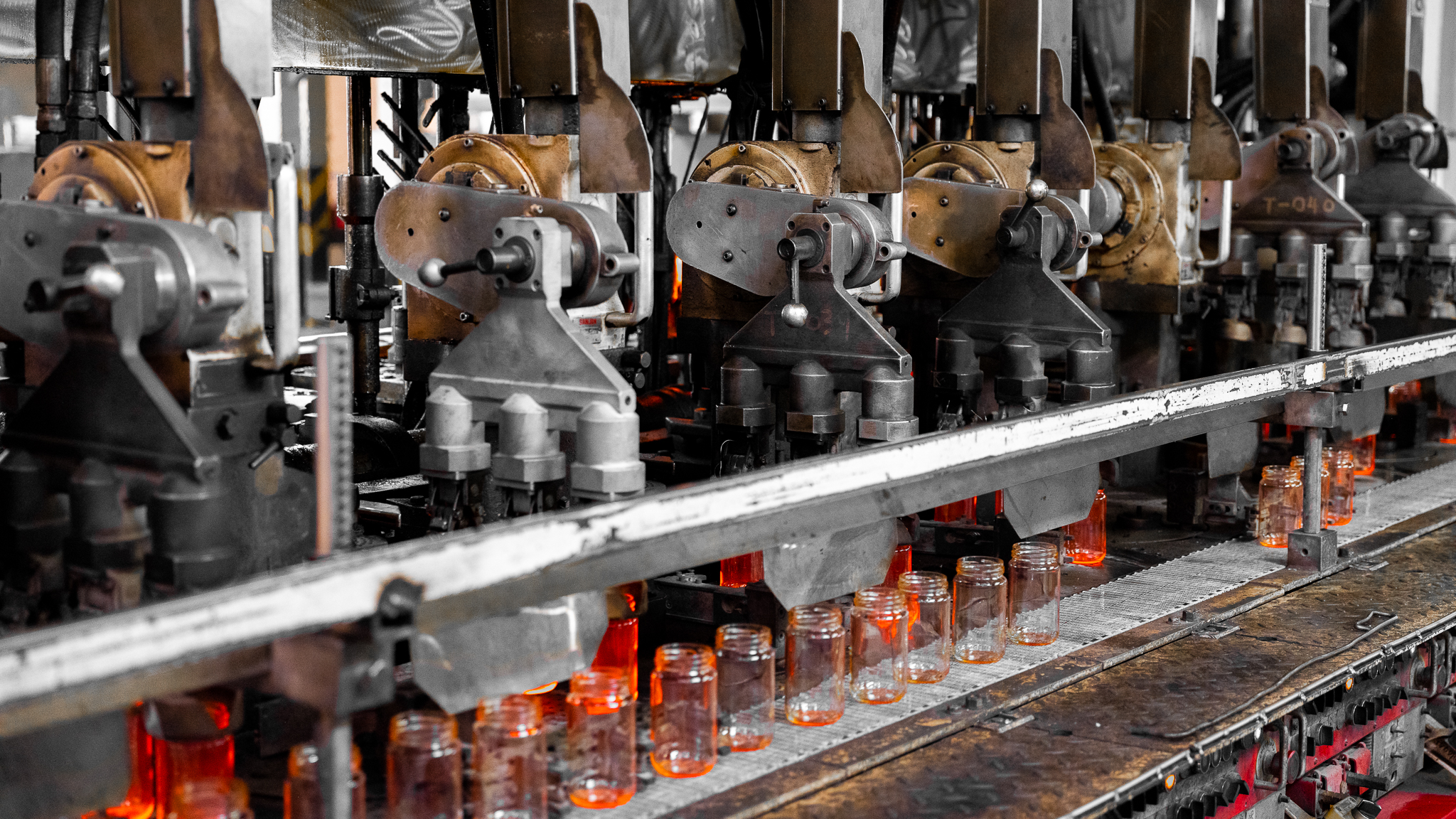What are the characteristics of machine-blown glassware?
What are the characteristics of machine-blown glassware?
Quality and Aesthetics
Hand-blown glassware is renowned for its exceptional craftsmanship. The artisan's experience often results in superior quality. The glass is precisely controlled by the artisans, which results in a finer and more carefully crafted product. Hand-blown glass pieces are unique and diverse, with an individual touch from the artist evident in every creation. Although some people may not like the irregularities in hand-blown pieces, these imperfections add to their charm and give each piece an individual aesthetic appeal.
Automated processes in machine-blown glassware enable the production of large quantities with remarkable consistency in quality. The resulting designs are uniform and easily replicated, catering to individuals who appreciate a standardized and cohesive look. Additionally, the application of molds guarantees accurate shaping, resulting in a sleek and refined finish.
Evaluating the quality and visual appeal of hand-blown versus machine-blown glassware ultimately comes down to personal taste. Hand-blown glass showcases exceptional artistry, distinctiveness, and one-of-a-kind designs, with minor imperfections that enhance its charm. Conversely, machine-blown glass is known for its ability to create uniform pieces with remarkable accuracy. The decision hinges on whether an individual appreciates the artistic flair and uniqueness of hand-blown glass or prefers the reliability and uniformity offered by machine-blown glass in delivering standardized looks.

Durability and thickness
- Durability
The skill of the glassblower can influence the durability of handblown glass. The result of expert craftsmanship is often durable and sturdy pieces. Controlled cooling during the annealing procedure increases durability by reducing internal stress.
Due to standard manufacturing processes, machine-blown glassware is known to be durable across a wide range of production. Automated processes ensure a stronger glass that meets specific quality standards.
- Thickness
Hand-blown glass can display variations in thickness. This adds to the dynamic aesthetic. In certain situations, thicker areas can increase durability.
The machine blowing technique allows for a precise control of thickness. This results in glassware that is more uniformly thick and predictable.
Comparing hand-blown versus machine-blown glass involves compromises. Hand-blown glass can vary in thickness due to its individual craftsmanship. However, expert annealing can improve durability. Machine-blown glass, on the other hand, is consistent in thickness and durability. This makes it ideal for applications that require uniformity and predictability.
Customizability and Uniqueness
- Customizability:
Hand-blown glass offers a significant level of customization, allowing artisans to create unique designs, experiment with colors, and respond to specific customer preferences. Artisans have the freedom to incorporate individual artistic elements, resulting in bespoke pieces tailored to distinct preferences.
Machine-blown glass offers less flexibility for customization compared to its hand-blown counterparts. Designs are often more standardized due to the use of molds. The focus on efficiency and large-scale production limits the degree of individual customization.
- Uniqueness
Each piece is hand-blown and carries with it the unique touch of the artist, which ensures a high degree of individuality. The limited production runs of each design contribute to its exclusivity and rarity.
The reproducibility of machine-blown glasses may result in a more uniform aesthetic, but it is less distinctive. Machine-blown glassware is more readily available and reduces the exclusivity of limited-edition or unique pieces.
Hand-blown glassware is unique and customizable, and allows for custom designs. It also showcases the skill of skilled artisans. While machine-blown glassware is efficient and consistent it tends to be limited in customization. This results in a more uniform and widely available aesthetic. The decision between the two is based on the level of customization desired and the value placed on the unique, artisanal elements in the end product.